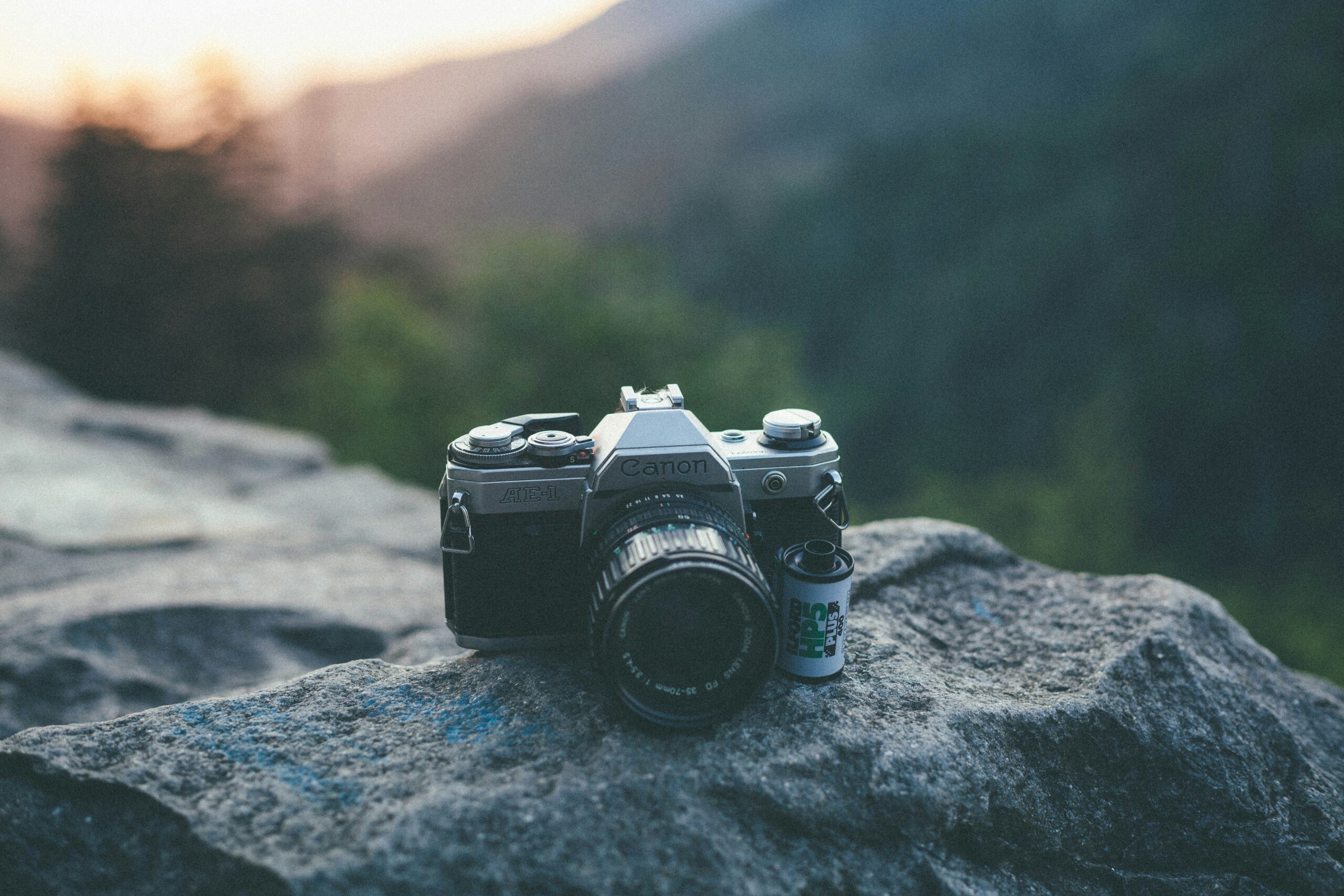
Cinematic photography isn’t just for Hollywood sets—it’s about turning ordinary scenes into frames that feel larger than life. Whether you’re shooting with a professional camera or your phone, you can achieve that “movie still” effect with the right mindset and techniques. Let’s explore practical ways to bring a cinematic touch into your photography without drowning in jargon.
Seeing the World Like a Director
Cinematic photos often start with perspective. Directors don’t just capture what’s in front of them; they frame emotions, stories, and atmosphere. Try pausing before you press the shutter—ask yourself: What story does this moment tell? For example, a rainy street isn’t just puddles and reflections; it’s a scene that could hint at mystery or nostalgia. Shifting your mindset from “snapshot” to “scene” helps you naturally elevate your compositions.
Harnessing Natural Light for Drama
Light is the backbone of cinematic photography, and natural light offers endless moods. Golden hour (just after sunrise or before sunset) gives your shots a soft, film-like glow. On cloudy days, the diffused light can create moody, almost painterly images. Don’t shy away from harsh midday light either—it can cast dramatic shadows that look bold and cinematic if you use them intentionally. For instance, a person walking under a beam of sunlight in an alley instantly feels like a scene from a thriller.
Mastering Color to Set the Tone
Cinematic images are rarely about bright, flat colors. Instead, they lean into tones that reflect mood. Warm oranges and teals are popular because they contrast beautifully and evoke emotion. Think of films like Mad Max: Fury Road with its blazing desert hues or La La Land with its dreamy blues and golds. Experiment with color grading in editing apps: reducing saturation in certain areas while boosting others can shift your image from “ordinary” to “cinematic masterpiece.”
Playing with Depth and Focus
Shallow depth of field is a classic cinematic trick—it isolates your subject while letting the background blur into softness. This draws the viewer’s eyes exactly where you want them. Try focusing tightly on a coffee cup with a bustling café blurred behind it, and suddenly you’ve told a story about atmosphere, not just an object. If you’re on a phone, portrait mode is your friend. For cameras, play with wider apertures (like f/1.8 or f/2.8) for that dreamy effect.
Composing for Impact
Composition is where cinematic photography really comes alive. Think in terms of leading lines, symmetry, and the rule of thirds. But also borrow from film techniques:
- Wide shots: Capture the environment and establish mood.
- Close-ups: Focus on details that carry emotion—a hand, an expression, or an object.
- Low angles: Make subjects feel powerful or monumental.
- A great exercise is to pause a favorite film and study the frame. You’ll quickly notice how intentional placement makes the scene memorable.
Using Motion to Tell a Story
Still images can convey movement if you know how to capture it. Panning shots—where you follow a moving subject while keeping the background streaked—instantly create cinematic energy. Slower shutter speeds can transform car lights into glowing trails across a cityscape. Even subtle motion, like hair blowing in the wind or curtains shifting, adds life and drama. Don’t be afraid to let a little blur in; it often feels more alive than perfect sharpness.
Editing for a Film-Like Finish
Post-processing is where your photos gain their final cinematic polish. Start with subtle adjustments: lower highlights, deepen shadows, and adjust contrast for richness. Add a touch of grain if you want that old-film texture. Apps like Lightroom, VSCO, or even built-in phone editors can work wonders. Remember, less is often more. The goal is to enhance mood, not overwhelm the photo with filters.
Practicing Storytelling in Everyday Scenes
Cinematic photography thrives on story. You don’t need grand landscapes or movie sets—ordinary life is full of cinematic potential. A neon sign glowing at night, a quiet corner of a library, or someone lost in thought on a subway ride can all become powerful images. The key is to approach every moment as if you’re capturing a frame from a movie. Ask: If this were a film, what would this shot mean? That question alone can transform your creative process.
Final Thoughts
Cinematic photography isn’t about expensive gear or complicated techniques—it’s about perspective, mood, and intention. By focusing on light, color, composition, and storytelling, you can create images that feel timeless and evocative. The next time you lift your camera or phone, imagine you’re the director of your own little film. That mindset alone will help you master cinematic photography one shot at a time.